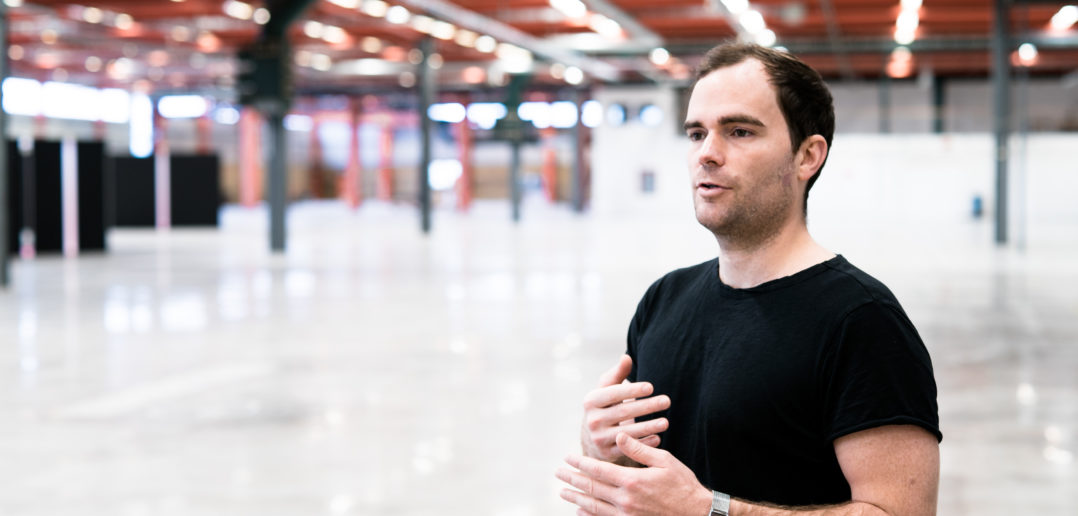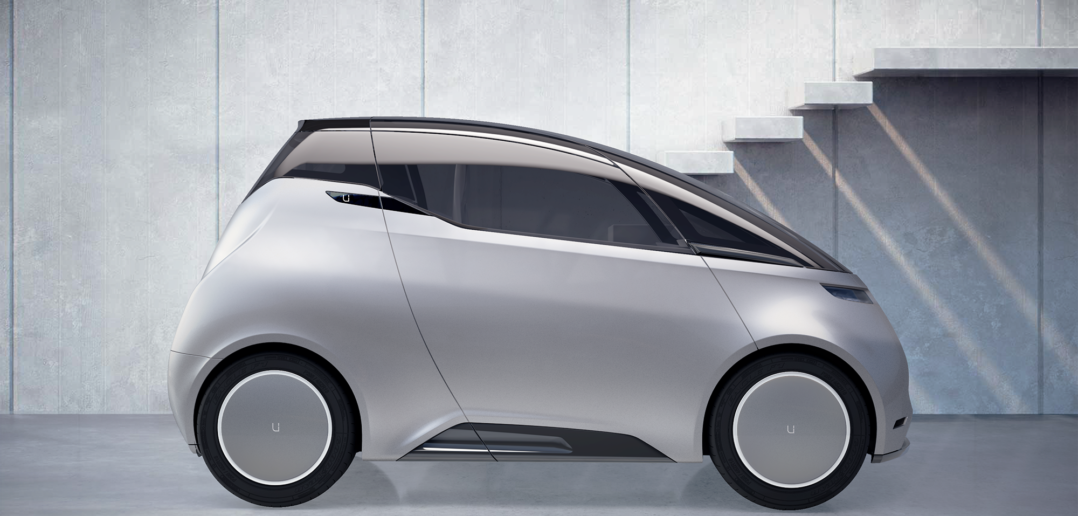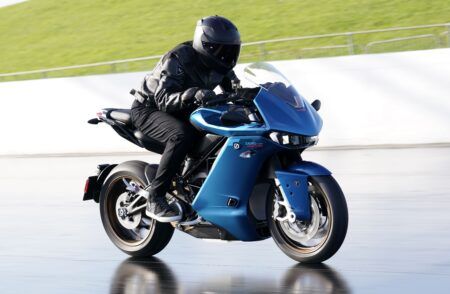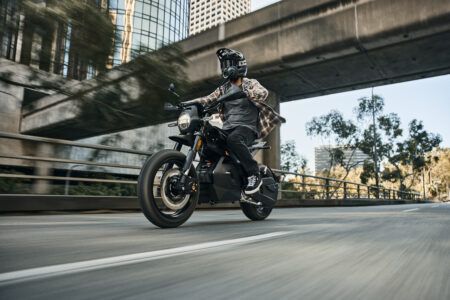At the end of 2017 Swedish startup Uniti will launch the Uniti Electric Car – an L7e class project that is the product of an entirely new way of looking at vehicle design.
“You could say that we’re 50% technology company, 50% behavior change company,” says CEO Lewis Horne, who balks at describing Uniti as a traditional car maker.
Speaking in the run-up to the vehicle launch, Horne sounds a little irked at comparisons to established OEMs. When asked if the Uniti EV’s overall design had an impact on the powertrain and architecture, or if the motor type and layout was the jumping off point, he’s unequivocal.
“Here, everything develops in tandem. Everything is in parallel. The old silo approach is one of the major disadvantages of traditional automotive manufacturing.”

The debut vehicle, Horne admits, will not feature the Uniti’s production powertrain. But it does offer an interesting insight into the way the final vehicle will shape up.
“That powertrain is not our production powertrain. It’s an evaluation prototyping setup. We have about another year’s worth of evaluation prototyping for the powertrain with a UK automotive company that I can’t say more about right now.”
Currently, Uniti is leaning toward hub motors – though, in what is something of a running theme, Horne and his team are reluctant to settle on a solution until they’ve explored every creative avenue.
“[If you read about the vehicle], we say everywhere hub motors, but of course that’s still pending evaluation prototyping. I ask [the team and our partners] to challenge everything we’re doing in regard to the powertrain.
“The L7e vehicle class has a 15kW continuous output, but the biggest loophole of the millennium is that this doesn’t restrict peak power, which is really the only relevant number. So we’re looking at 75kW peak power to deliver 0-80km/h [50mph] in about 3.5 seconds in sport mode.
“Right now, the current evaluation prototype has two [motors] in the rear, but as I said, we’ll keep challenging that. Never settle.”
Uniti currently has a motor partner that it’s working with, and the vehicle’s in-wheel propulsion units feature integrated motor control and integrated cooling, but Horne says that it’s “highly likely that we’ll design our own”.

Keeping options open
In terms of battery technology, Uniti is currently assessing its options. “It’s definitely a custom battery pack, that’s highly connected and customized. Right now, over the next three or four months, we’re going to set up a fully automated in-house battery pack testing system with some bigger partners, so that’s technically the early days of developing our own battery pack. It remains to be seen if we’ll do that. It’s a big business decision.”
The vehicle – again, currently – uses a lithium-ion battery. “Though that’s depending on if we go for stock, high-power, Panasonic-type cells like Tesla. We’re also playing around with interesting Toshiba innovations. We have a little project with them. We don’t like to make decisions like that too early.”
The car will feature a three-battery system – one of which, the auxiliary battery, can be swapped out in just a few seconds. “One can be charging, one can be driving and you can swap energy between them, and you defer damaging charging cycles to the auxiliary pack, which has a shorter lifespan.” Horne admits this complexity of battery management is “what we’re shooting for” but also claims “any grandma can swap that battery out. Right now it weighs 14kg, and we think we can get that down as well.”
The Uniti platform will be modular, and Horne also has tentative plans for other variants – and indeed, other business models. “Initially we’ll have a two-seater and a four-seater model available for pre-order. I doubt we’ll go up a weight class into the M1 class. It’s possible, but I think there are a lot of great car companies already there. We might go lower – and if we make lighter vehicles, they’ll be L2e class designed for full autonomy and the city center. We’re looking at direct sales to the customer because that’s what people know, but shortly after we’ll transition to mobility as a service as a primary business model. There’s a lot of guys on this team who like building crazy machines. We’ll see where it goes from there.”





